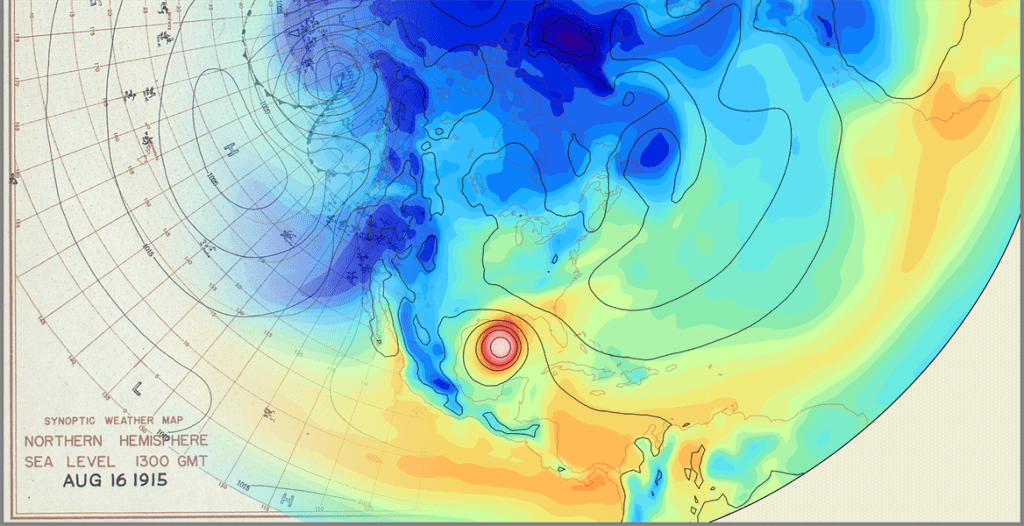Climate Process Teams – Transferring Understanding of Ocean and Atmospheric Processes into Climate Model Improvements
NOAA’s Climate Variability and Predictability (CVP) Program, in partnership with the National Science Foundation (NSF) and the Department of Energy (DOE), is announcing three new three-year Climate Process Team projects. These projects aim to accelerate improvements in representing oceanic and atmospheric processes in climate models through interdisciplinary research teams. The competitively selected projects total $2.3 […]








